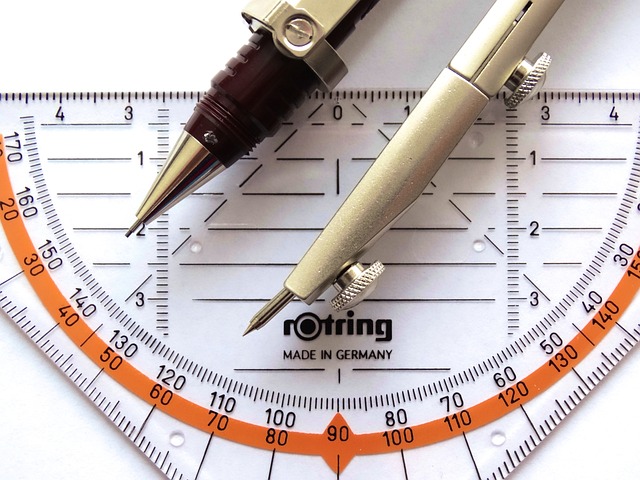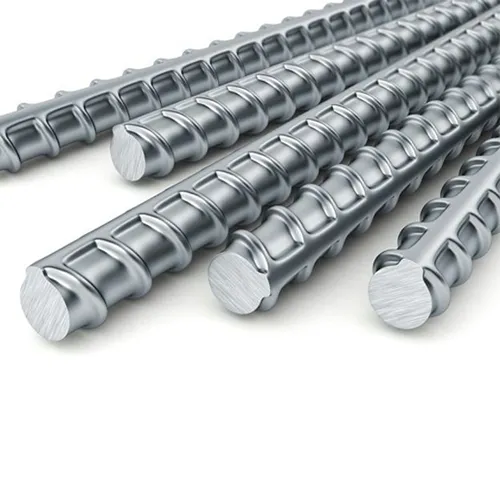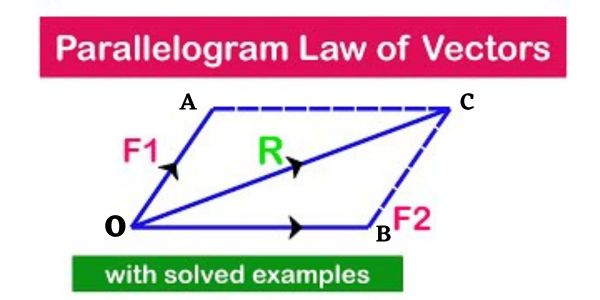Table of Contents
The introduction of Thales’ theorem:
Thales’ theorem, also known as the intercept theorem, states that “If a line is drawn parallel to one side of a triangle, it divides the other two sides proportionally”. More formally, given a triangle ABC and a line parallel to side AB intersecting sides AC and BC at points P and Q, respectively, Thales’ theorem states that:
AP/PB = AQ/QC
This theorem is named after the ancient Greek philosopher and mathematician Thales of Miletus, who is believed to have discovered it. Thales’ theorem is a fundamental result in elementary geometry and is used in various geometric proofs and constructions.
The theorem was first recorded by Euclid in his Elements, a collection of mathematical proofs written around 300 BC. In the Elements, Euclid states that the theorem is an ancient theorem, but does not provide any details about its origin.
In the 19th century, scholars began to study the history of Thales’ Theorem in more detail. It is believed that the theorem was first discovered by Thales, who was a philosopher and mathematician from Miletus. He is credited with being the first to use deductive reasoning to prove the theorem, which was a revolutionary way of thinking at the time.
Thales’ Theorem has remained an important mathematical theorem ever since its discovery. The theorem has been used in many different fields of mathematics, including trigonometry, calculus, and geometry.
It has also been used in physics and engineering to solve problems. The theorem is still studied today as part of the basic curriculum in many schools and universities. It is one of the most important theorems in mathematics and is considered to be a cornerstone of modern mathematics.

The proof of Thales theorem:
Thales’ theorem states that if A, B, and C are three distinct points on a circle with center O and radius r, then the angle AOB is equal to the angle BOC. This theorem can be easily proved using basic geometry. First, draw a circle with center O and radius r and label the points A, B, and C.
Now, draw a line from A to B and from B to C. This forms two angles, AOB and BOC. Next, draw two lines from A to O and from B to O. This forms two right angles, OAB and OBC. Since the sum of the angles in a triangle is always 180°, the angle AOB must be equal to the angle BOC.
To prove this, we will use the fact that angles around a circle add up to 360°. Since OAB and OBC are both right angles, they each measure 90°, so the total of the three angles AOB, BOC, and OAB is 180° + 90° + 90° = 360°.
Therefore, the angles AOB and BOC must be equal. This proves Thales’ theorem.
The converse of Thales theorem:
The converse of Thales’ theorem states that if a triangle has two sides and the included angle that are equal, then the triangle is isosceles. This means that if the two sides of a triangle are equal, then the angle between them must also be equal.
To prove this converse of Thales’ theorem, we first draw a triangle ABC with two sides, AB and AC, that are equal in length. Then, we draw a line from point B to point C, which creates the angle ABC.
By the converse of Thales’ theorem, we should be able to prove that this angle is equal to the angle BAC. Since AB and AC are equal, then point A is the midpoint of line BC.
This means that the angles BAC and ABC are both right angles. Since a right angle has a measure of 90 degrees, then both angles are equal. Therefore, we have proved the converse of Thales’ theorem. If two sides of a triangle are equal, then the angle between them is also equal.
The generalizations and related results of Thales theorem:
The Thales Theorem states that if a triangle is inscribed in a circle, then the triangle’s angles will add up to 180 degrees. This theorem is a fundamental result in Euclidean geometry, and it has many generalizations and related results.
The first generalization of the Thales Theorem is that the theorem holds for any polygon, not just triangles. This means that if a polygon is inscribed in a circle, then the sum of the angles of the polygon will add up to 180(n-2) degrees, where n is the number of sides on the polygon.
Another related result of the Thales Theorem is the Inscribed Angle Theorem. This theorem states that if an angle is inscribed in a circle, then the measure of the angle is half of the measure of its intercepted arc. This theorem can be used to prove the Thales Theorem, as the angles of a triangle can be divided into two angles that are inscribed in a circle.
The Thales Theorem is also related to the Inverse Tangent Theorem. This theorem states that if two lines intersect in a circle, then the measure of the angle formed by the lines is equal to the inverse tangent of the ratio of the lengths of the lines.
This theorem can be used to find the angles of a triangle inscribed in a circle, which can then be used to prove the Thales Theorem. Finally, the Thales Theorem is related to the Exterior Angle Theorem. This theorem states that for any triangle, the measure of an exterior angle is equal to the sum of the measures of the two remote interior angles.
This theorem can be used to find the angles of a triangle inscribed in a circle, which can then be used to prove the Thales Theorem. In summary, the Thales Theorem has many generalizations and related results.
These related results can be used to prove the Thales Theorem and to find the angles of a triangle inscribed in a circle.
The Applications of Thales’ theorem:
Thales theorem is a fundamental theorem in geometry, which states that if A, B, and C are three points on a circle where the line AC is the diameter of the circle, then the angle ABC is a right angle.
This theorem is named after the ancient Greek mathematician Thales of Miletus, who is said to have discovered it. There are several applications of the Thales theorem in mathematics and science.
1. In geometry, the theorem can be used to prove the Pythagorean theorem and to construct right triangles and other figures. It can also be used to prove theorems involving circles, such as the inscribed angle theorem and the exterior angle theorem.
2. In physics, Thale’s theorem can be used to prove the law of reflection and the law of refraction.
3. In astronomy, Thale’s theorem is used to calculate the angular distance between two points on a celestial sphere, such as stars.
4. In engineering, the Thales theorem is used to calculate the angles of a triangle formed by three points on a plane, such as the corners of a triangle.
5. In computer science, the Thales theorem is used to calculate the angles of a triangle formed by three points in a 3D space, such as the corners of a cube.
6. In mathematics, the Thales theorem is used to calculate the angles of a triangle formed by three points on the surface of a sphere, such as the vertices of a spherical triangle.
7. In graph theory, the Thales theorem can be used to calculate the angles of a triangle formed by three points on a graph, such as the vertices of a graph triangle.
Overall, Thale’s theorem is a fundamental theorem in geometry that has a wide variety of applications in mathematics, science, engineering, computer science, and graph theory.
The solved examples of The Thales theorem:
The Thales theorem states that “If A, B, and C are points on a circle where the line AC is a diameter, then the angle ABC is a right angle.” This theorem was first introduced by the Greek mathematician Thales of Miletus.
One of the most popular examples of this theorem involves a circle with a diameter of 8 units. If we draw a line from point A to point C along the diameter, then we can calculate the angle at point B. Since the line AC is 8 units long, then the angle ABC must be a right angle or 90°.
Another example of the Thales theorem involves a circle with a diameter of 10 units. If we draw a line from point A to point C along the diameter, then we can calculate the angle at point B. Since the line AC is 10 units long, then the angle ABC must be a right angle or 90°.
The Thales theorem states that if a line segment is drawn along the diameter of a circle, then the angle formed at any point on the circumference of the circle will be a right angle. This theorem is useful for solving problems involving circles and angles.
Also, read Rabi crop
































Comment on “Thales theorem – Statement, Proof, Applications, Converse”
Comments are closed.